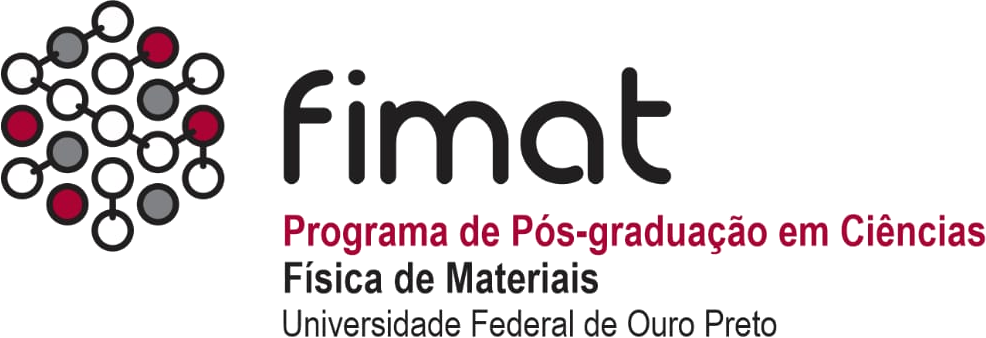Abstract:
The aim of this work was to study the synthesis of molecularly imprinted polymers (MIPs) for the selective adsorption of β-estradiol (E2). For this, six solvents with different polarities were tested and the results indicated that, for obtaining a good E2 adsorbent, the solvent should be moderately polar to favor the formation of a monomer–template complex during the synthesis. Synthesis with acetonitrile (ACN) or a mixture of chloroform (CFM) and dimethylsulfoxide (DMSO) 1 : 1 led to higher E2 adsorption capacities (from 26 to 37 mg g−1). The use of MIP-CFM:DMSO resulted in better results than that of MIP-ACN relative to their NIPs (about 3 times more for CFM:DMSO, compared to 1.5 times for ACN) for the adsorption capacities. This can be explained by the fact that ACN is a porogen solvent, which on one hand increased the area of the adsorbent material but on the other reduced its selectivity towards E2 adsorption.